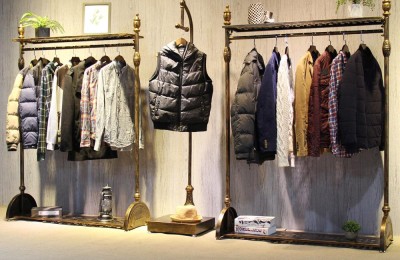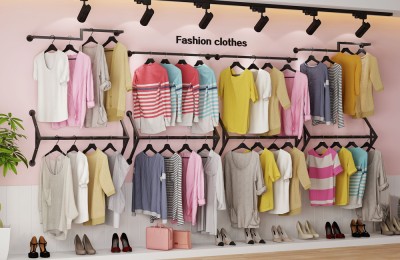Since June 27, after PTA has continued to rise sharply, the prices of polyester products of various specifications have also increased by about 1,200-1,500 yuan/ton! Now the cloth bosses are no longer calm, complaining: “We can’t afford the high price of raw materials!”
Raw materials have skyrocketed and plummeted, and it is the weaving industry that is always hurt. Market! The originally orderly weaving market has become chaotic and operations are no longer uniform. The current price of gray fabrics is relatively chaotic. Some are reluctant to sell at higher prices, while others are selling goods at low prices. Cloth bosses have mixed reactions.
Reluctant to sell: I won’t sell it!
The person in charge of a weaving company in Shengze said: “Yesterday I sold 200,000 meters of pongee. I am not going to sell it after this batch. The price may increase in the future. First Let’s see the situation before selling.” For weaving companies with spot inventory, the period of surge in raw materials is an opportunity. According to market sales practices in previous years, during the “Golden Nine and Silver Ten” peak season in the second half of the year, pongee and polyester taffeta, which were commonly known as “bad cloths” in the past, may be in short supply in all specifications. The market sales of other conventional varieties of gray fabrics will also rebound. Therefore, it can be said that closing the plate and reluctant to sell it can be said to be a sales tip for weaving manufacturers. Obviously, it is inevitable that some companies have begun to stop sales and wait for opportunities to ship.
Raw materials have skyrocketed, and it is a routine operation for weaving manufacturers to close the stock of gray fabrics and be reluctant to sell them. But there are also some manufacturers who go in the opposite direction, cutting prices and selling goods!
Reduce prices and sell goods: Digest inventory and withdraw funds!
No, a manufacturer specializing in imitation silk has recently reduced the price to sell a type of Zuojima. The price difference is 0.3 yuan/meter compared to the price when the raw materials were low. The factory has a large inventory, and the inventory is made of raw materials that were originally low-priced. Although the price has been reduced by 0.3 yuan/meter, it can still maintain its capital. Taking advantage of the opportunity when the price of gray cloth has begun to rise, selling goods has digested a large amount of inventory and the funds have returned. Why not?
Faced with the chaotic market of gray fabric prices, traders are no longer calm. On the one hand, I am very excited about the reduced price gray fabrics and want to stock up on some. On the other hand, seeing that my warehouse is still full of gray fabrics stocked in the first half of the year, I feel discouraged. The editor can very well understand the mood of traders at this time. Looking back on the second half of 2018, the much-anticipated “Golden Nine and Silver Ten” did not arrive as scheduled. In the first half of the year, traders stocked up a lot of goods. They were reluctant to sell them in the early stage and could only sell them at low prices in the later stage. Traders have learned a lesson from the experience. They who used to hoard goods crazily have also begun to slow down and operate cautiously.

Raw materials fluctuate too much, disrupting the market rhythm. Weaving manufacturers face their own high inventory and have a strong shipment mentality. However, there is a lack of terminal orders and purchasing efforts cannot keep up. Even if there are traders stocking up, the overall transaction volume is generally not high. Therefore, the inventory of weaving enterprises is still at a 40-day high, which is about 3 days lower than in June. Manager Niu of the gray fabric merchant said: “Although the market is not good this year, I still stock up on gray fabrics in 7 warehouses, about 4 million meters, as in previous years. No matter how others sell them, I will sell them as long as someone wants them, and I will earn 5 cents.” , Forget about 1 cent. I’m leaving it alone anyway, and the market in the second half of the year is unpredictable, so sell it now while you can.”
Editor’s Note
In In the opinion of the editor, whether weaving manufacturers are reluctant to sell products or sell goods at low prices, they all operate based on terminal demand and the overall market situation. The demand in the second half of the year is affected by many factors, such as raw material prices, economic prosperity, Sino-US trade war, environmental protection regulations, and even weather. These factors are difficult to control, so the decision to sell, stop selling, or stock up lies in your own hands.
</p






